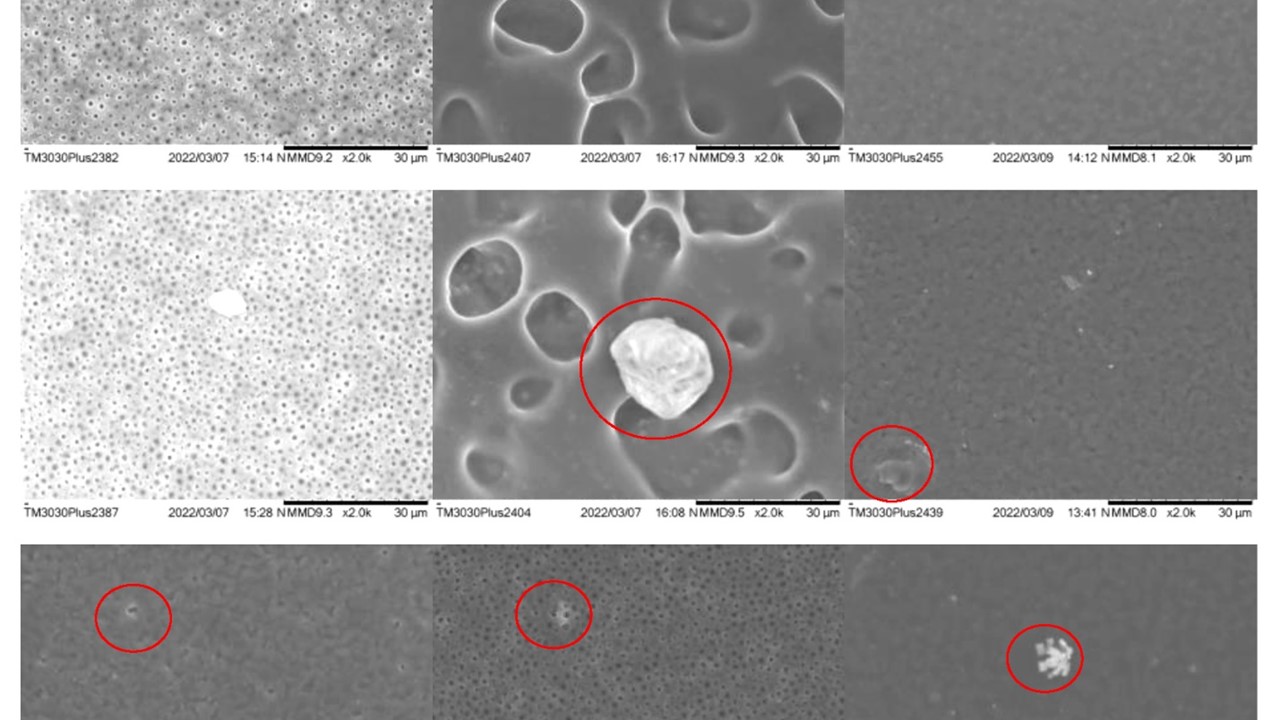Effects of Silane and Graphene Doping on Hysteresis Loop and Curie Temperature of P(VDF-TrFE-CTFE)/P(VDF-HFP) Film Composites
Abstract
The electrocaloric (EC) effect is a pathway to the new cooling technology for refrigeration and air conditioning systems. This EC cooling is a green technology with higher energy conversion efficiency. In this study, ferroelectric copolymer Poly(vinylidene fluoride hexafluoropropylene), P(VDF-HFP) blended with Poly(vinylidene fluoride-trifluoroethylene-chlorotrifluoroethylene), P(VDF-TrFE-CTFE) materials were prepared with the solution casting technique. Blended PVDF-base polymers with fillers were widely investigated due to strong dipole interaction polarization. Hysteresis loops were measured at varying electric fields and filler contents. Moreover, the Curie temperature (Tc) was obtained from the graph between adiabatic temperature change (∆T) and temperature. From the experimental results, the Tc of the sample was reduced to near room temperature when the P(VDF-TrFE-CTFE) ratio was increased. Furthermore, graphene nanoplatelets (GPNs) were used as fillers to enhance surface energy and interfacial polarization between the phases in the polymer. It was found that the hysteresis loop area was increased while the Tc was reduced with graphene fillers. Moreover, the loss energy density (Ul) of composites filled with graphene was increased due to their conductivity. However, the Ul was decreased when the graphene with silane was used. Consequently, the ferroelectric P(VDF-HFP) combining P(VDF-TrFE-CTFE) with graphene and silane additions can be used as electrocaloric materials for refrigeration cooling in the future.






